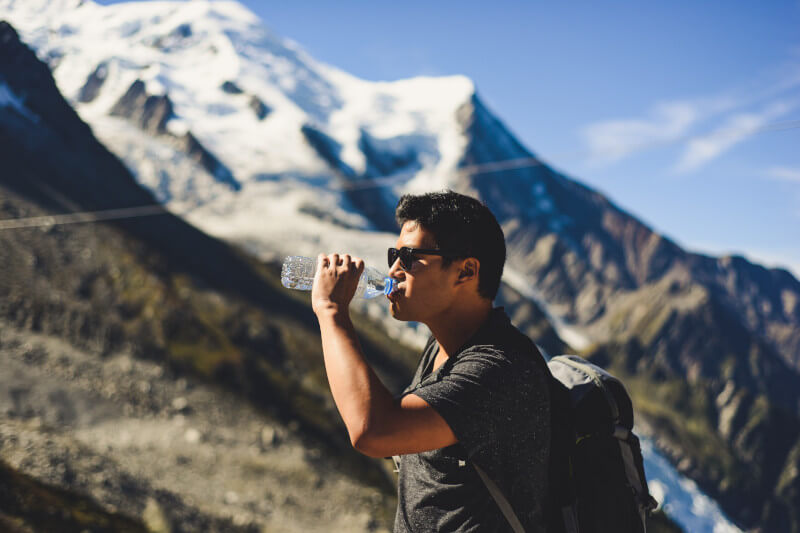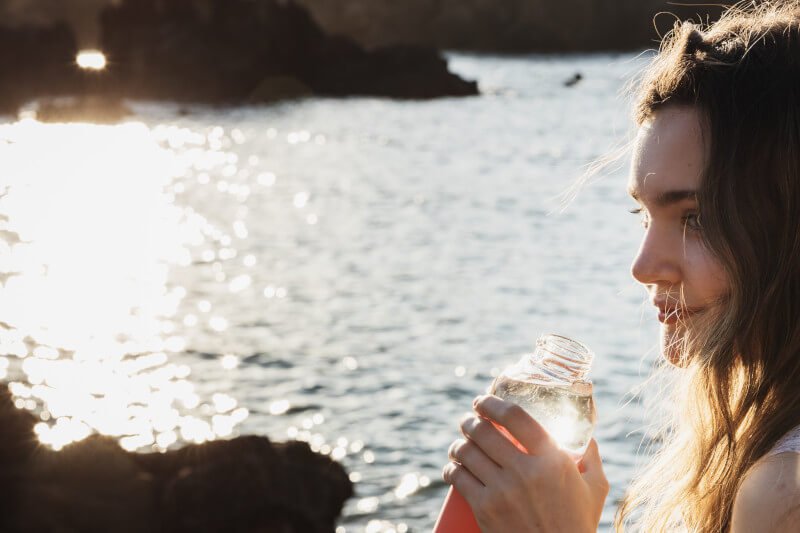Peru is a country with a diverse landscape, rich culture, and delicious cuisine. However, it can also be a place where access to clean drinking water is limited. As a traveler, it is essential to be aware of the drinking water situation in Peru. You will need to take the necessary precautions to stay hydrated and healthy during your trip.
Is it safe to drink water in Peru?
First, it is important to note that tap water in Peru is not safe to drink. The water supply in many cities and towns, including Lima and Cusco, is not treated or purified to the standards necessary for safe consumption. This means that if you plan to drink water from the tap, you will need to boil it or treat it with a water purification system.
The best way to ensure that you have access to safe drinking water in Peru is to purchase bottled water. Look for bottles that are sealed and have a reputable brand. Additionally, you should avoid drinking water from street vendors or local markets. Be aware that the quality of the water may be questionable.

Another option for travelers is to bring a water purification system with you. There are several portable water purification systems on the market. These devices are easy to use and can be an effective way to purify water from the tap or other sources. Be sure to choose a system that is designed for use in developing countries. Also, check if it can remove bacteria, viruses, and other contaminants.
When it comes to drinking water in Peru, it’s also important to be mindful of the altitude. Many of the most popular tourist destinations in Peru, such as Machu Picchu and Lake Titicaca, are located at high altitudes. At these elevations, it can be harder to stay hydrated. So it’s important to drink plenty of water and to avoid alcohol and caffeine.
Additional precautions
In addition to the above precautions, it’s also worth noting that many of the popular trekking routes in Peru, such as the Inca Trail, will not have easy access to clean drinking water. In these cases, it’s essential to bring enough water to last the duration of the hike. Alternatively you can use a water purification system or iodine tablets.
It’s also important to be aware of the local water sources in the areas you plan to visit. In rural areas, for example, you may be able to access natural springs or rivers that are safe to drink from. However, it’s important to exercise caution. It’s recommended to ask locals for advice before drinking from any water source that is not commercially bottled.

Another thing to keep in mind is that many local restaurants and hotels in Peru may not have safe drinking water available. This can be especially true in more remote areas or smaller towns. To avoid any potential issues, it’s a good idea to bring your own water. You can also ask the staff about the quality of their water.
Lastly, it’s worth mentioning that while the drinking water situation in Peru can be challenging, it’s important to remember that locals have been dealing with this issue for years. There are many water-treatment options available in the country. These options include water filtration systems. Also, many locals have learned to adapt to the challenges. By following the recommendations outlined in this article, you too can adapt and enjoy your time in Peru without worrying about the drinking water.
Explore Peru hassle free
Drinking water in Peru can be challenging, but with a little bit of planning and preparation, you can ensure that you stay hydrated and healthy during your trip. Be sure to avoid tap water, purchase sealed bottles of water, bring a water purification system or iodine tablets, and stay mindful of the altitude.By following these recommendations, you can enjoy all that Peru has to offer without worrying about your drinking water.
Check our most popular tours in Cusco:
- Sacred Valley and Maras Moray Tour
- Sacred Valley and Machu Picchu (2 Days)
- Machu Picchu Full Day
- 5 Days Package Tour
- Manu 4 Days Tour


